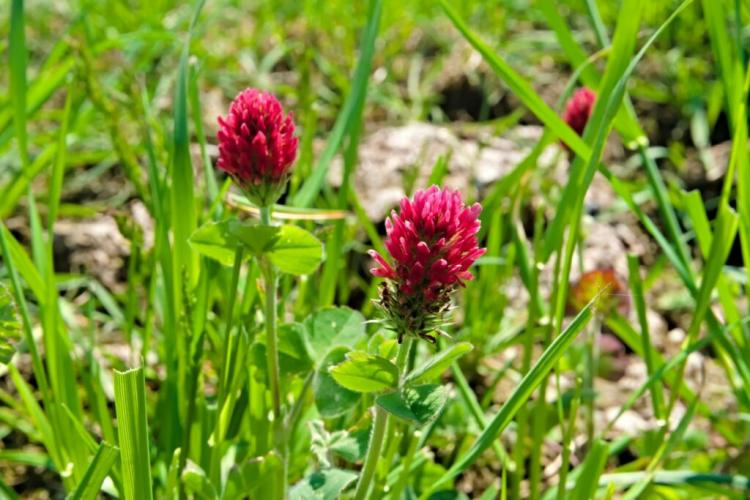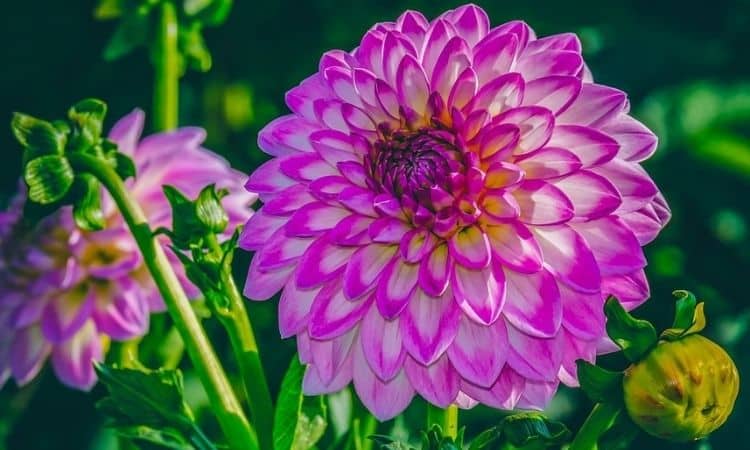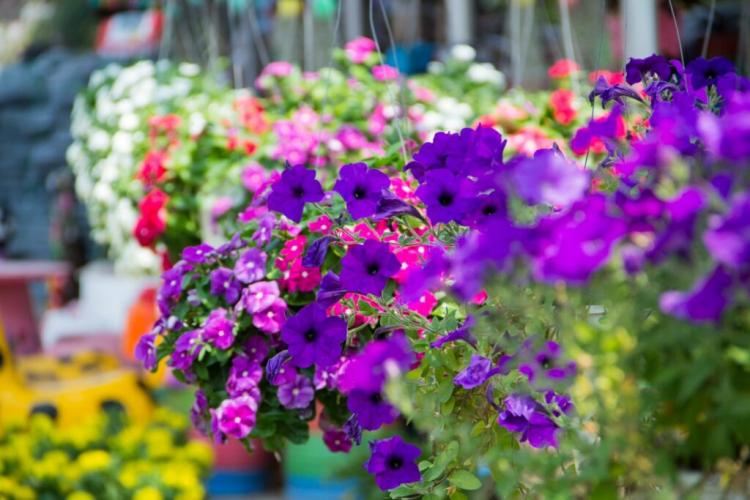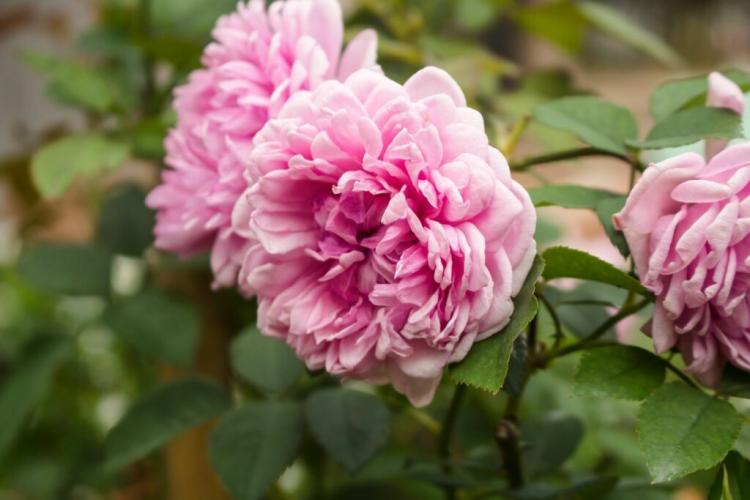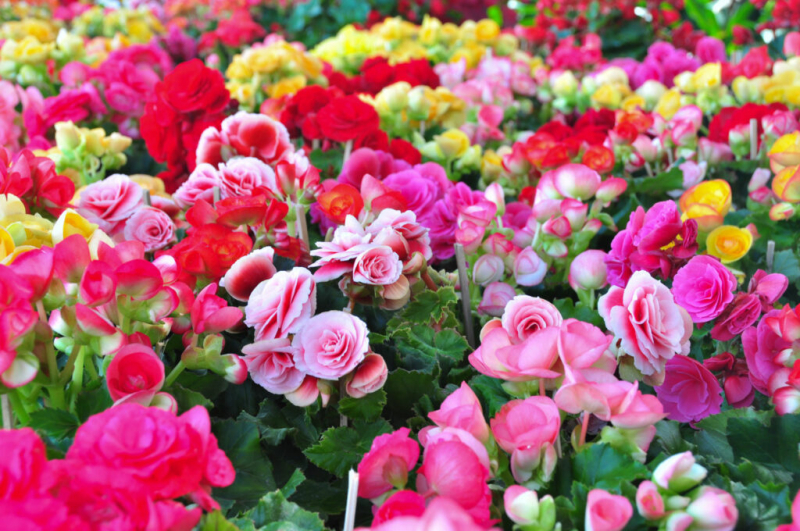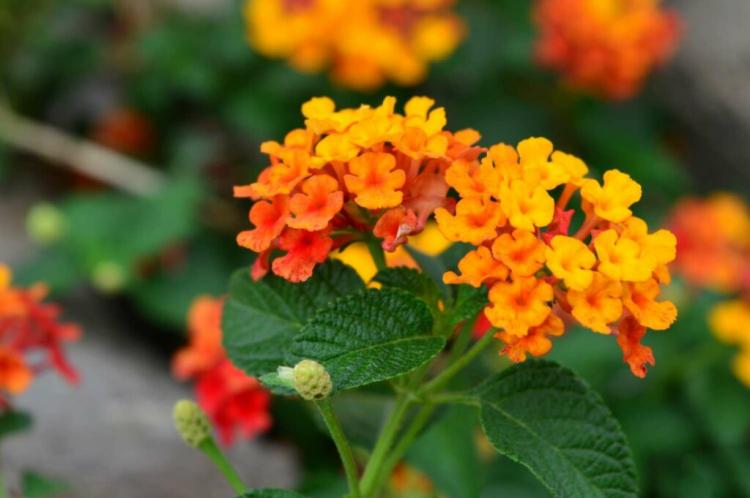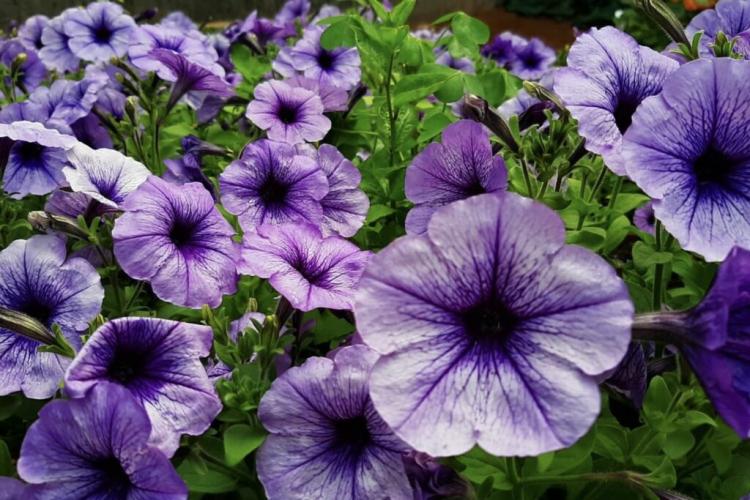Crimson clover: sowing, sprouting, etc.
Crimson clover not only looks beautiful – but it also has many helpful properties and is even edible. Find out here how you can grow the red clover yourself and what you need to know about it.
Incarnate clover ( Trifolium incarnatum ) is also called rose clover, blood clover, or Italian clover. It belongs to the family of the butterflies (Faboideae) and is related to our native and well-known meadow or red clover ( Trifolium pratense ). The herbaceous plant with the blood-red flowers is much more than just a weed. Not only is the clover beautiful to look at, but it also improves the soil and is edible. You can find out how you can grow the rose clover in your own garden, use it in the kitchen and propagate it yourself in our large profile about the incarnate clover.
Crimson clover: origin and characteristics
Table of Contents
Why the incarnate clover is also called ‘Italian clover’ can be explained by its origin: the herbaceous plant originally comes from southern Europe and is native to the Mediterranean region. However, through its use as a fodder plant, the clover was also brought to other parts of the world and released into the wild there. Here, too, the blood clover was introduced as a neophyte, i.e. as a non-native plant, and can be seen in meadows or on the edges of fields. However, its spread is not considered problematic.
You might so like: Caring for parsley: cutting, fertilizing, and watering
The annual plant can grow surprisingly large for a clover: the hairy stems shoot up to 50 cm. In addition to the three-part, obovate leaves that are typical of clover, the plant also presents magnificent, red inflorescences that can be up to 6 cm long. Like all types of clover, the crimson clover also forms a legume at the end of the flowering period, which contains a large number of small, yellowish seeds.
Crimson clover as green manure
Rose clover is typically grown as a catch crop in fields. Like all types of clover, the herb can bind nitrogen from the air with the help of symbiosis with specialized bacteria and is therefore ideally suited as green manure. In the vegetable garden, the crimson clover can be used to improve the nutrient content of the soil. You can sow the clover after the vegetable harvest and just let it stand over the winter. Alternatively, it can also be harvested and used as feed for farm animals.
Apart from its practical use, blood clover is part of decorative flower mixtures, because its bushy growth and blood-red butterfly flowers have something special and extravagant about them.

Note: The flowers of the crimson clover also produce abundant nectar and pollen and are therefore very popular with bees, butterflies, and other small beneficial insects.
Crimson clover varieties
There are also different varieties of fleshy clover, which can be used differently depending on their use. The ‘Linkarus’ variety, for example, quickly forms a lot of bulk and has a high protein content. It is therefore often used as animal feed. The ‘Contea’ variety, on the other hand, transports nutrients upwards from the deeper soil layers thanks to its roots that are up to 90 cm deep and is therefore often planted as a previous crop. ‘Heuers Ostsaat’ is a particularly fast-growing variety that is traditionally planted as a catch crop and also offers good fresh feed.
However, if you want to use the blood clover as an ornamental plant or as a bee friend in the garden, you do not have to pay attention to the variety. From a purely visual point of view, there are no major differences between them.
Growing crimson clover
Crimson clover can be grown both in the kitchen and in the garden. Whether in a sprout glass or a vegetable patch – we’ll show you how to do it.
Sow blood clover
Blood clover is easy to sow in the garden or a large pot. The best time to do this is from May to July. The herbaceous plant makes no special demands on its subsoil, but sandy loam soils with good drainage are best. Very heavy or very dry soils, on the other hand, are less suitable. The seeds should be placed about 2 cm deep in the soil. 30 g of seeds are sufficient per square meter.
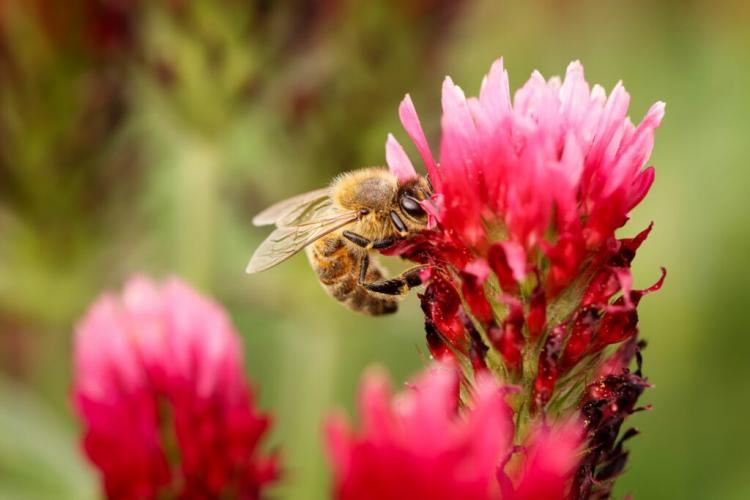
In its function as green manure, crimson clover can be used both as a pre-and post-crop of many types of vegetables. The clover just doesn’t get along with other legumes (Fabaceae), such as beans or peas. Before sowing the vegetable plants, the clover should be mowed and worked into the upper layers of the earth. If you use the blood clover as a secondary crop, you can leave it to stand over the winter and only cut and incorporate it in spring.
You might so like: Propagating currants: cuttings, sinkers, and sowing
Pull sprouts from rose clover
Growing blood clover sprouts works similarly to other sprouts. Wash the seeds and place them in a suitable germinator or sprout jar. Then rinse the seeds twice a day with fresh water and ensure that the ambient temperature is around 20 ° C. After about a week, your rose clover should begin to germinate.
Conventional rose clover seeds are not suitable for growing sprouts. Therefore, make sure that you purchase special germination seeds for this purpose. This was specially selected for growing sprouts and has a particularly high germination rate. Conventional seeds have a slightly higher proportion of poorly germinating seeds, which can be prone to mold formation in a warm, humid environment.
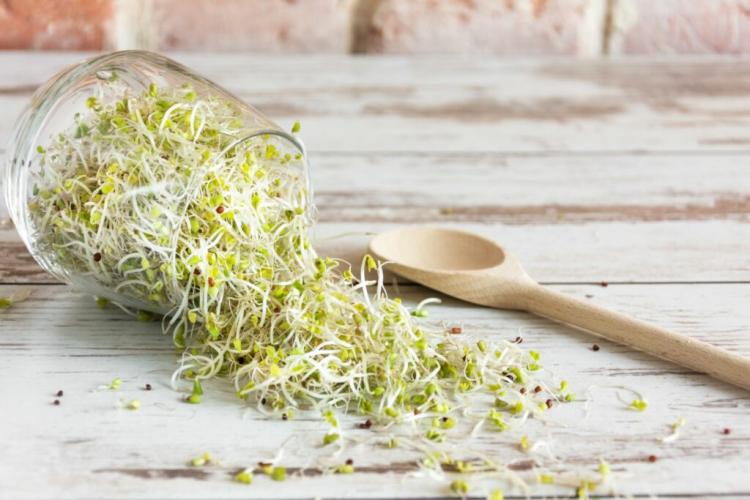
Propagate blood clover
Even if crimson clover is quite winter-proof and can withstand temperatures of down to -10 ° C, the herbaceous plants usually only live for one, at most two years. So that you can always grow new rose clover, it is a good idea to harvest the seeds at the end of the year. The seeds are ready for harvest when the legumes are brown and dry.
Tip: Store the seeds in a dark, cool, and dry place. An opaque storage jar, which is best kept in the cellar, is suitable for this.
But you can also just let nature take its course and wait for the legumes to pop open on their own. Then the seeds spread in the vicinity and if the location of the plant suits you, you will see blood clover growing again in the same place next year.
Use of crimson clover
Incarnate clover is also edible for humans. The seeds are mostly used for this. These can be roasted and used as a topping for salads or other summer dishes. But the sprouts and flowers are also edible and can be used for the same purposes.
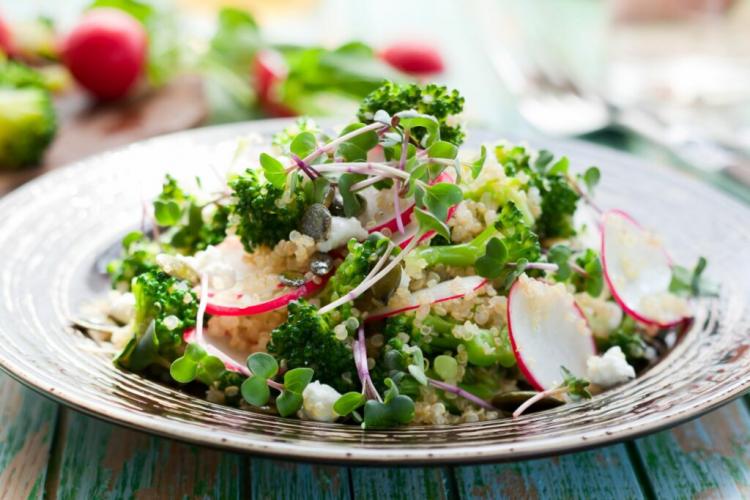
Incidentally, the incarnate clover is not the only representative of the butterflies that has a lot to offer. In our overview, you can get to know several other special legumes.
